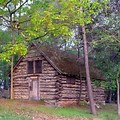Loudoun County Genealogy, Wills, Estates, Marriages, Minute Books
Loudoun County was created in 1757 from Fairfax County and was named after John Campbell, the Fourth Earl of Loudoun and Governor of Virginia from 1756 to 1759. Between 1720 and 1730 settlers were Quakers, Scots-Irish, Germans and others who removed south from Pennsylvania and Maryland into Virginia.
The Settlement of Loudoun County
After the Treaty with the Indians was settled by Gov. Spotswood, the Colonists had to be convinced and reassured of their safety. There had been other treaties wherein Indian promises were not always consistent. The first ten years following the treaty, or from 1722 to 1732, few grants were given. Slowly there grew a steady increase in trappers and hunters to the cismontane region and then, gradually and cautiously, the landless men, the poorer whites from the lower settlements, the redemptioners or indentured servants who had fulfilled their contracts of service, began to make their way by Indian trail or through the untravelled woodlands. Very soon, however, there were purchases of substantial tracts by a more prosperous class who began to seat themselves upon their new possessions.
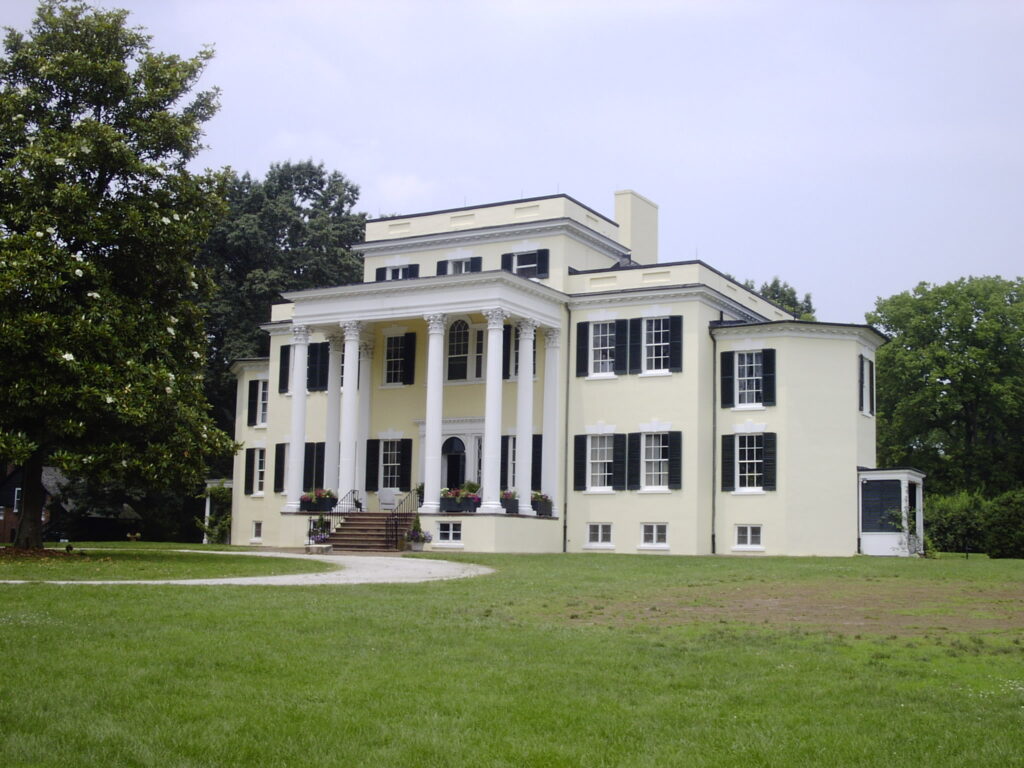

Wills
- Loudoun County Wills abstracts (1761-1774)
Images of Wills and Inventories
- 1757 to 1771, Bk A
- 1772 to 1781, Bk B
- 1783 to 1788, Bk C
- 1788 to 1793, Bk D
- 1793 to 1797, Bk E
- 1797 to 1802, Bk F
- 1802 to 1806, Bk G
Minute Books
- 1780 to 1783 (no index)
- 1785 to 1786 | Index
- 1785 to 1788
Miscellaneous
- Resolutions of the Revolutionary War
- 1778 Loudoun County Militia
- Court Orders 1778 to 1782
- Society of Friends (Quakers)
- State Conventions 1774-1902
- Revolutionary War Committees 1774-1775
- Loudoun County Army Recommendations 1778-1782
- Needy Family Orders and Disbursements 1778-1782
- Public Meeting 1774
Swarthmoor Hall, the Founder of the Society of Friends (Quakers)
Swarthmoor Hall was the home of George Fox, the founder of the Society of Friends, and the place where the ” Friends of Truth” and ” Children of Light,” worshipped. The locality is one he always loved and where he gained his most enthusiastic converts. There is an old-fashioned bridge and stream nearby, and the stump of a tree offers a pleasant seat. The name, Swarthmoor, is said to have derived its name from the Flemish general, ” Bold Martin Swart,” or Swartz, a valiant soldier of a noble family, who, in 1487, with Lord Lovel and the Earls of Lincoln and Kildare, encamped here with an invading army of 7,000 German and Irish troops, who had landed at the Pile of Fouldrey with the object of placing Lambert Simnel on the throne of England. Despite this tradition, the name has a much earlier origin, back to the time of Duke William of Normandy. At a later date, when the soldiers of King Charles had entered Furness and ” plundered the place very sore,” as the old chronicle has it, Colonel Rigby, the Parliamentarian commander, temporarily withdrew from Thurland Castle and started in hot pursuit; and we are told that the Roundheads, after stopping on Swarthmoor to pray, marched on to Lindale, a couple of miles further, where they fought with such vehemence and resolution that the unlucky Cavaliers were put to flight.
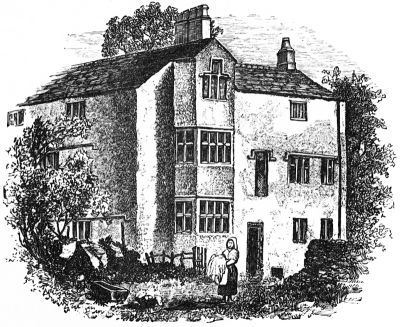
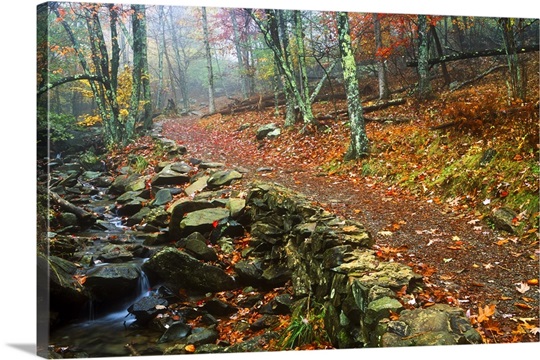
The Shenandoah Hunting Path
The first record of the “Susquehannock Plain Paths” was noted in the Virginia Act of 1662. Later, from about 1686 until 1742, that part of the road between Brent Town and the Rappahannock was also known as the ” Shenandoah Hunting Path” a name which is still occasionally heard.
Indexes to Probate Records
- Guardian Accounts 1759 to 1774
Traced genealogies and family histories of Loudoun County available to Members !
| Littleton |
1730 Settlement of Germans in Virginia
Virginia encouraged settlements of refugee Europeans on her frontiers in an effort to form buffer groups between the inimical French and Indians to the north and the seated parts of her domain. In 1730 a grant of 10,000 acres on the Shenandoah River was made to one Stover for settlement by Germans who began to pour south from Pennsylvania and Maryland and soon the Valley was taking on that perceptible Teutonic colour with which it is still dyed. In 1731 there came to the present Loudoun the first colony of Germans from the Valley. Of all the early settling it is doubtful if any was more intelligently planned or more reasonably could anticipate success. Instead of a few individuals pioneering in haphazard fashion, there was a compact and homogeneous group of about sixty families, the men almost without exception artisans of various trades or peasants skilled in thrifty farming; and their lot had heretofore been so harsh and their fortune so adverse that the hardships inseparable from making a new home in the wilderness were, by comparison, a kindly dispensation of a hitherto hostile fate. Upon crossing the Blue Ridge Mountains, they settled the land between the Catoctin Mountains and the Short Hills, north of the present Morrisonville, which from that time on has been known as the German Settlement and than which no part of Loudoun County has been more industriously and providently farmed. Little those early Teutons spent on luxury or even comfort; a sound and certain living was their objective and the land and its increase, rather than ornate dwellings, received their uttermost effort. Even as late as 1853, Yardley Taylor remarked that their “farms are generally small and well cultivated and the land rates high.” These settlers seldom went to much expense in building houses and built log houses. Yet if their houses were primitive, the occupants were generally prosperous and free from debt and in later years comfortable and commodious farmhouses have taken the place of the earlier cabins. These earliest Germans, having neither speech nor habits in common with their neighbors, developed a self-sustained and independent community wholly different and set off from those of others around them and to this day their locality measurably carries on its distinctive life. This seemed to be true everywhere that the Germans settled. Source: Legends of Loudoun.
The Carolina Road
What one may call the Appian Way of Piedmont was undoubtedly an aboriginal trail which, perhaps began as a buffalo path, and was followed habitually by the Indians in their north-south journeys. It ultimately became known as the Carolina Road and served as a great highway between the north and the south. It owes its origin to a beaten trail made by the heavier animals of the forest.
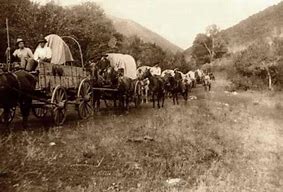
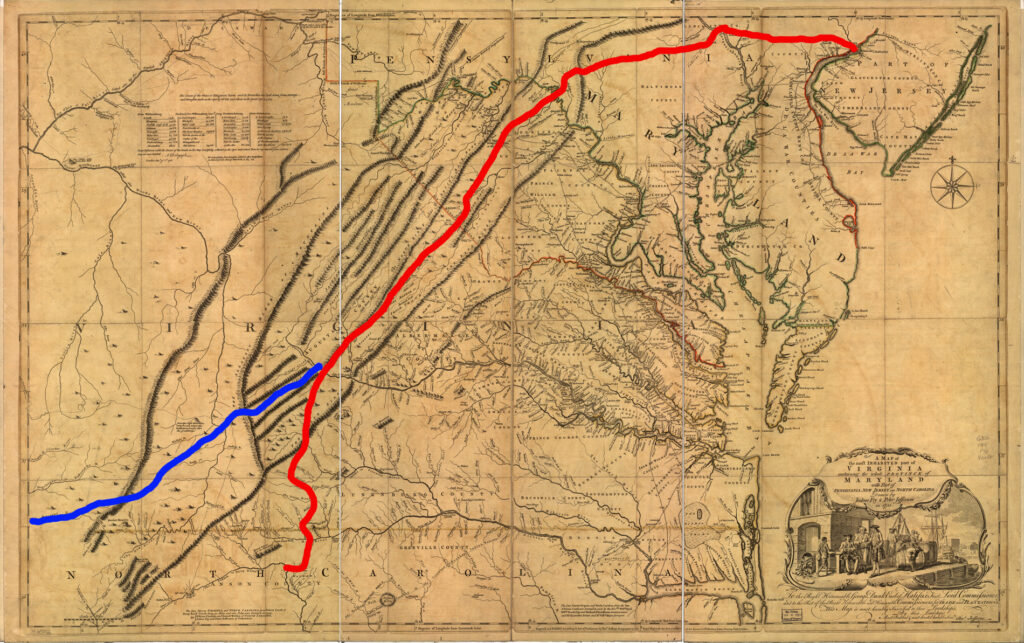
Ridge Road in Loudoun County
The old Ridge Road (over Broad Run) was built before 1755 and was one of the earliest highway bridges in the territory. A record of it was preserved on the 1755 edition of the Fry & Jefferson Map where a wooden bridge is shown at that point. The picturesque stone bridge that now spans the stream may not have been constructed before 1820, at about which time that part of the road was improved by the Leesburg Turnpike Company. The popular legend in the region has it that the road was built by George Washington as a young man.
Squatters
The first settlers to Loudoun County were rough and sturdy folk, those first poorer arrivals were illiterate for the most part. Their poor living conditions from birth provided self-reliance in meeting the problems of existence on a sparsely settled land and wholly ignorant of the relative comforts of life enjoyed by the prosperous planters in tidewater. They built rude cabins of logs in such places as seemed best to them, paying scant attention to land titles and being in fact, for the most part, mere squatters on their holdings; and there they planted small patches of corn and beans which, with the abundant game in the woods and fish in the streams, provided their liberal and hearty fare. It has been traditional that these earliest pioneers found many open spaces burned over before their arrival; for so prevalent had been the Indian habit of firing the woods, that historians have suggested that had the coming of the Europeans to Virginia been delayed for a few more centuries, its great forests would have vanished before their arrival. As a result, they found the timber far inferior in size and beauty. Indeed it has been asserted that in clearing ten acres of land there could hardly be obtained from it sufficient material to enclose it.
